I’ve been using medium format film cameras for over thirty years – initially a (too brief) period with a Rolleiflex in the early 90s and since 2002 a Mamiya 6MF which I still enjoy using. My initial attraction to the format was the combination of portability, speed and simplicity of operation, and, of course, ‘real estate’! I loved the fact that from a good 6×6 negative or transparency you could make a print up to a metre square that contained sufficient resolution of detail to transport the viewer into another space-time continuum. All that extra visual information can turn an inspired capture from merely ‘wow’ into full-blown choir-of-angels transcendence. Then my recent experience with my grandfather’s ancient No. 1A Autographic Kodak Junior, with its vast 6x11cm frame size, sowed the seeds of desire for more! In a shameless and hubristic rejection of Lao Tzu’s timeless wisdom, I decided that enough was no longer enough! I wondered, how much additional awesomeness might be achieved with a rectangular format on roll film using a sharp, modern lens?
My primary photographic passion is nature. Fine detail routinely plays an important role in producing an intimate connection with the subject. Most of my work now is digital but there is something that still draws me to medium format film for the landscape genre. The idea sent me down many rabbit holes. There are plenty of excellent 6×7 options, including the now ludicrously expensive Mamiya 7, but it is too small an increment over what I already have. On the other hand, the giant ultra-wide 617 systems (Fujica and Linhof) are too cumbersome for me. Likewise, I have always admired large format (4×5, 5×7, 8×10) landscape images, and some of these have achieved big things in the world of nature conservation, but I simply lack the time and patience to commit to that system, despite appreciating the creative photographic possibilities provided by shift, tilt and swing.
The idea of a 6×9 folding camera initially appealed, particularly for portability. There are a lot of them out there – stylish Zeiss Ikontas with excellent Tessar lenses, and svelte Voigtlander Bessas with the much-lauded ‘Color-Heliar’ (and the mythical, and comically priced, ‘Apo-Lanthar’). After more research I backed away. Too many warnings, too many potential hazards with misaligned or wobbly lens boards. This piece by Zheng Li reviews some of the challenges. The cost of getting one in decent condition, and with an ostensibly good (and clean) lens, eventually made me look elsewhere. Much as I love the folder concept, I wanted something I could absolutely rely on to make high-quality, 6×9 pictures on roll film. Then I discovered the Fujica G-series cameras, kicking off in the late ‘60s with the G690 and culminating in the early ‘90s with the GW690iii and GSW690iii models. They are solid, reliable, have great lenses, and most importantly, they are relatively cheap!
Eventually, in a frenzy of GAS-fuelled camera consumerism, I invested in, not one, but two Fujica GL690 bodies, with an interchangeable Fujinon S 100mm F3.5 Tessar and Fujinon SW 65mm F5.6 Angulon design (BTW the Zeiss ‘Biogon’ looks pretty similar to me). I opted for Brutalist over Art Deco, Toyota Hilux over BMW. Yes, these old ‘Texas Leicas’ are big and heavy, but this does get over-stated somewhat. They are actually smaller and lighter than a professional level Nikon or Canon DSLR or even mirrorless camera (e.g. Z9) with a mid-range F2.8 zoom. They are completely mechanical, which appeals greatly to me. Another factor that I must admit influenced my decision was the fact that I already own some Fuji X digital cameras with several lenses and am completely besotted by Fuji glass. I figured that even if these old lenses share just a couple of strands of that corporate DNA they have to be good. The whole set cost me less than half the price of a good condition Mamiya 7 body with no lenses.
Thus far I have talked about the desirability of lots of film ‘real estate’, ostensibly for making nice big prints (though that is not the only reason I ended up taking a liking to these cameras). I haven’t mentioned that in the last 5-10 years digital technology has quickly caught up to medium format (and even 4×5) in the resolution department. There is also a lot of talk online on the topic, much of it pretty unedifying to read. I wanted to see for myself anyway, and I’ll briefly comment on some of my own (not peer-reviewed scientific) test results below. If I’m going to be brutally honest however, you can get an impressively sharp 30×20 inch commercial photo print from a 12-megapixel file these days (I have two in my hallway). Even smartphone images can be printed this big. And the supreme irony of this whole venture is that I don’t have much free wall space left in my house!
Anyhoo, back to the Fujicas. The range-finders on both my GL690 bodies are, thankfully, accurate. I did have some minor repairs to do however (I think it’s hard to find them in mint condition these days). The dark slide on one of the bodies had some holes in it, which I painted over with ‘Golden’ brand ‘carbon black’ paint. The rear doublet of the 100mm Tessar had some fungus on the inner surface. The lens group was easy to extract and the fungus was quickly and completely removed with a 50/50 mix of household cloudy ammonia and 3-6% hydrogen peroxide. The inner rear triplet of the SW 65mm F5.6 had some balsam separation. Fixing that is beyond my skill set but I found a very cheap ‘as is’ 65mm online with a broken shutter but good glass, so I was able to put the intact corresponding group from it into my working lens.
For those interested, I have three arguments justifying my preference for the earlier, interchangeable lens Fujica cameras over the later, fixed lens, 6×9 varieties (GW690 and GSW690):
1) the GL690 bodies and lenses are quite a bit cheaper;
2) I like being able to change lenses mid-roll; and
3) the GL690 lenses have an actual ‘B’ setting on their shutters for long exposures. Bizarrely, the lenses on the GW690 and the GSW690 cameras don’t have this. For exposures longer than one second they have instead a widely disparaged ‘T’ setting, which requires either moving the shutter speed dial or advancing the film in order to close the shutter. This means introducing movement which in turn means you have to slap something dark over the front of the lens before closing the shutter to avoid blurring your image.
The interchangeable lenses that go with the GL690 are ‘single’ coated (except for the ‘EBC Fujinon AE F3.5 100mm’), while the fixed lens varieties have Fuji’s Electron Beam (multi-) Coating (‘EBC’). I guess this must make some difference to image quality, though I have not yet seen evidence of it. Some blogs and reviews say that the 90mm five-element double Gauss on the GW690 cameras is sharper than the 100mm Tessar at the edges and corners, wide open, which I am inclined to believe.
Tessar lenses commonly lack sharpness at the edges of the frame, up until F5.6, and sometimes even F8. On mine, at F3.5 the image quality in the centre is excellent (and softer, but certainly not blurry, at the edges and corners), and at F11 it’s sharp corner to corner. That’s all I need it to do. The 65mm lens is very good at F8, and sensational, corner to corner, at F11. Which again, is all I need. The 65mm on the GL690 system needs an external viewfinder (adjustable for parallax), while the fixed version on the GSW690 doesn’t.
Here are the images, starting with the 100mm F3.5. Metering was either with my phone or (in the case of slide film) a Sekonic incident meter. A tripod was used in most cases. Black and white and colour negative films were all processed at home in a small tank. For colour neg film I used a Unicolor 1L kit. Black and white development was with Xtol 1+1 or Rodinal 1:50. Transparency film was developed by Vanbar in Melbourne. All original negs and transparencies were scanned on a Nikon Coolscan LS-9000 at 4000dpi and 16bit and downsized for sharing here. Full size scans of the 56x83mm negs and transparencies produced by the Fujica cameras typically measure around 13000 x 8800 pixels.
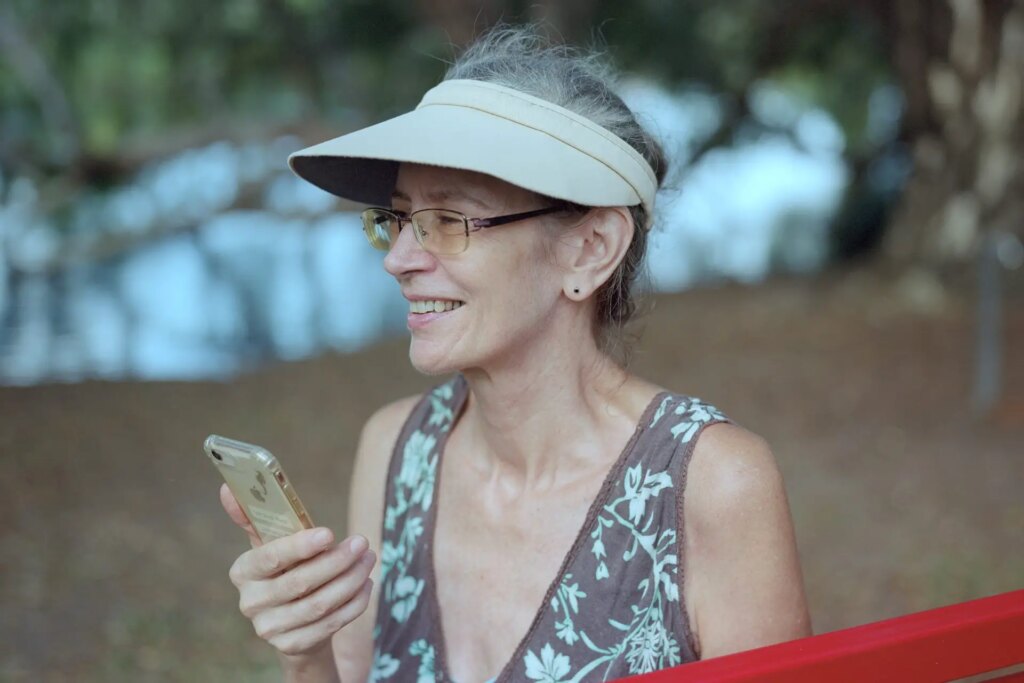
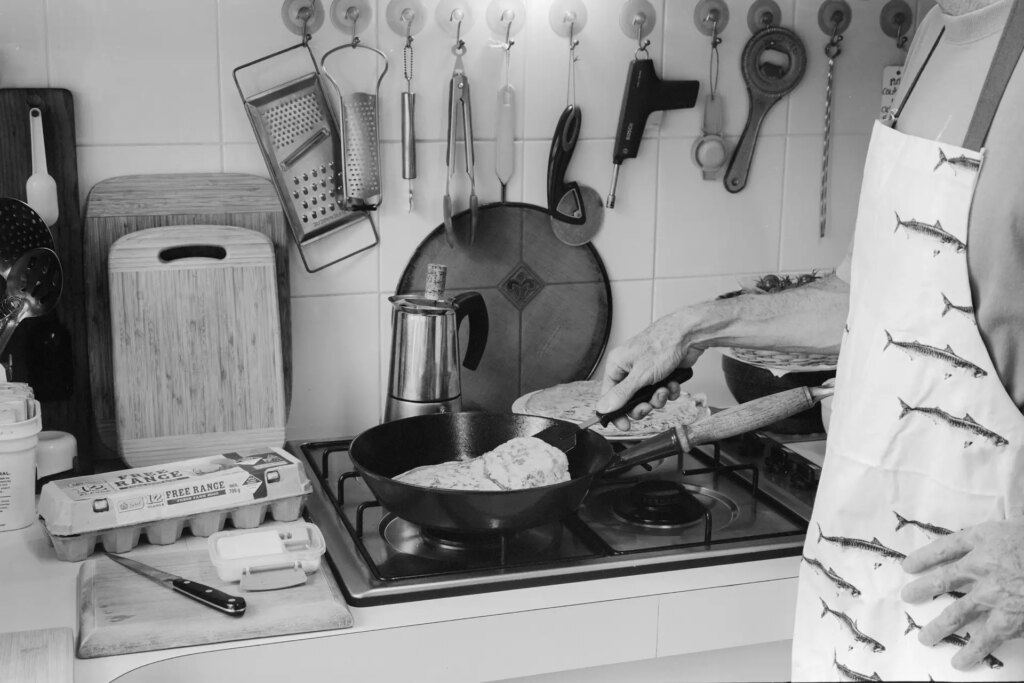
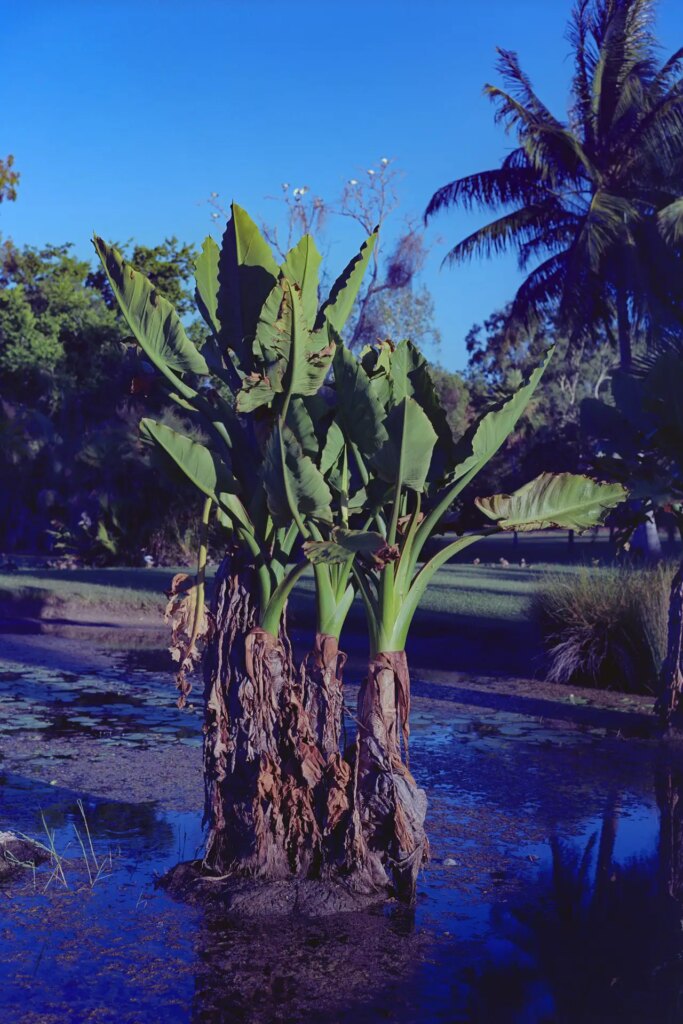
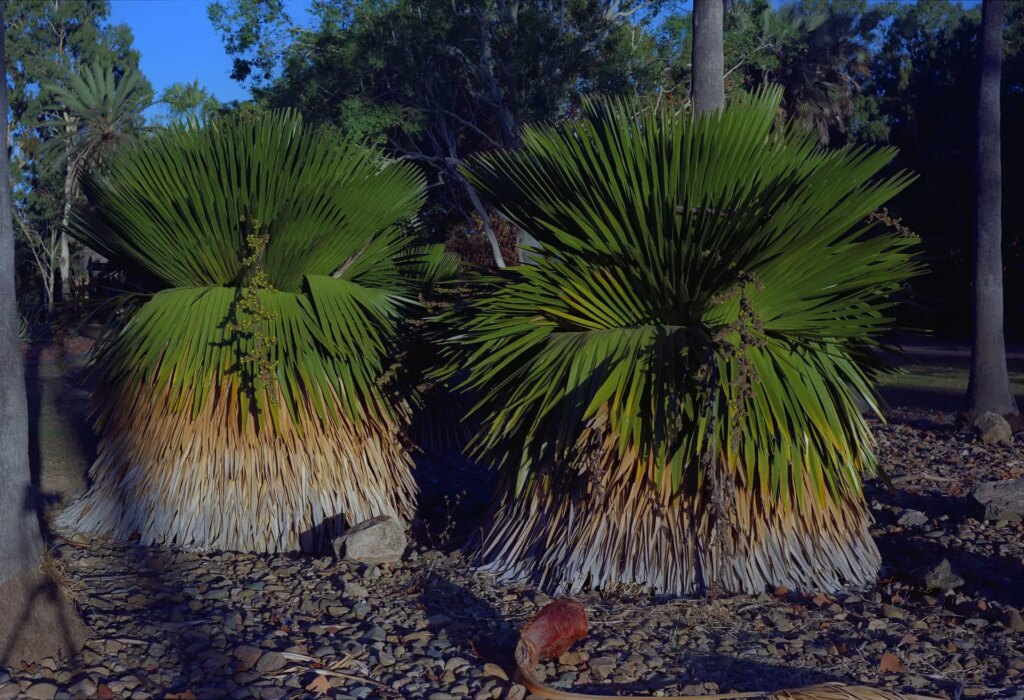
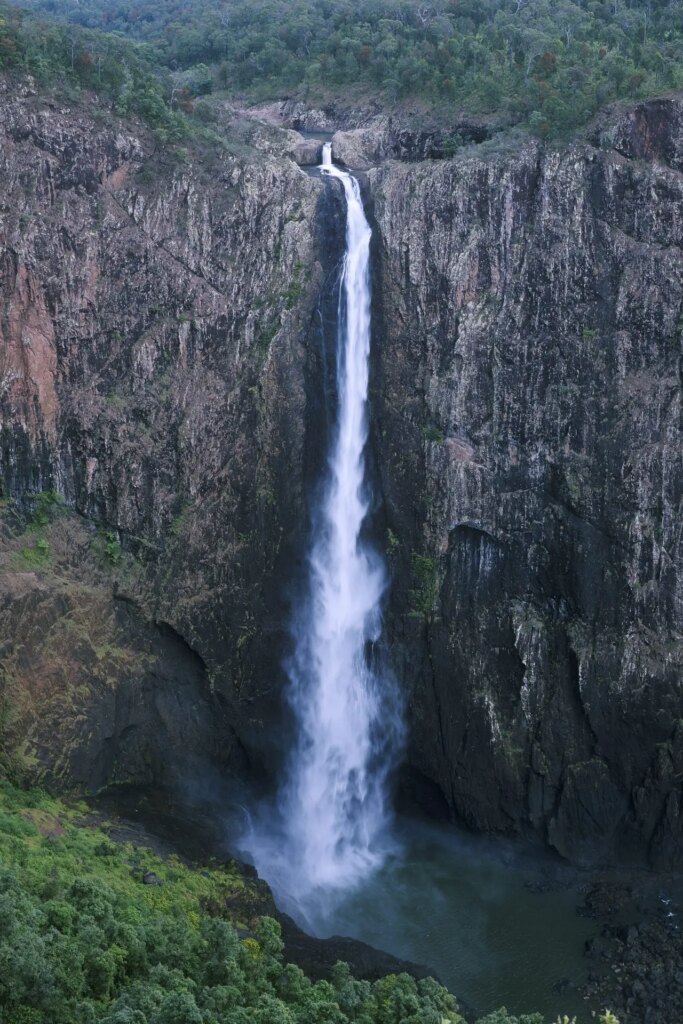
And now five frames from the Fujinon SW 65mm F5.6…
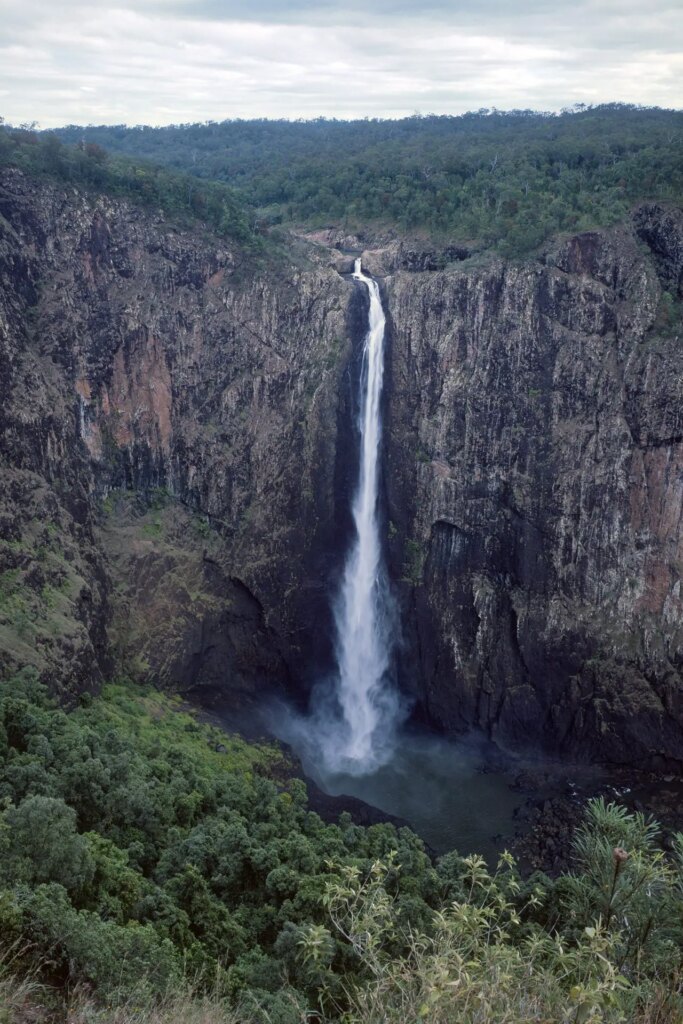
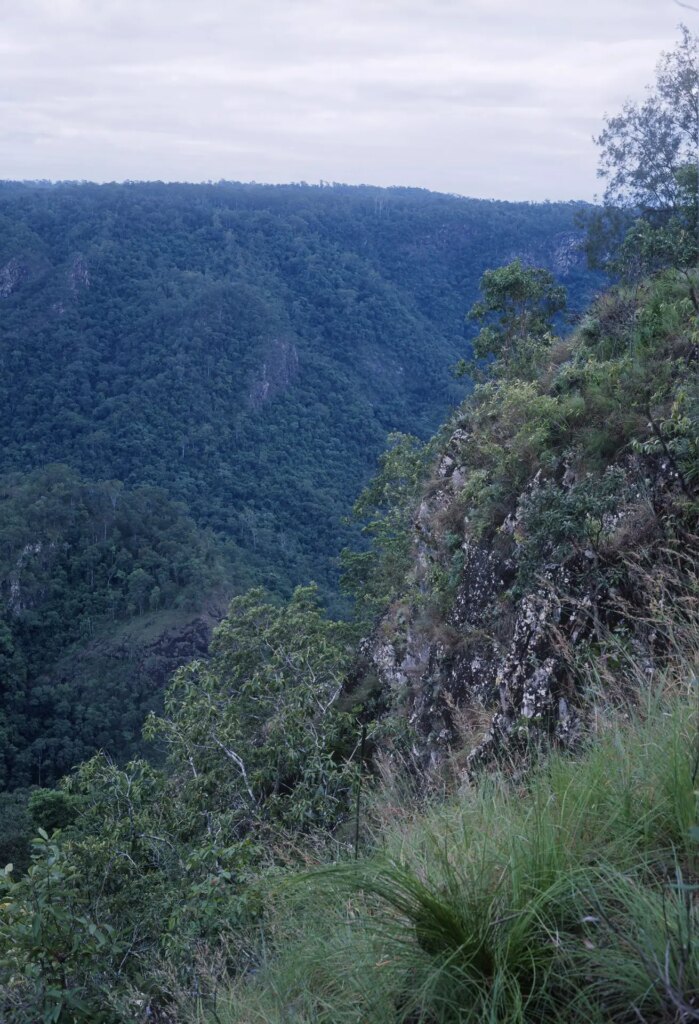
This is a shot where a view camera with tiltable front lens board would get both the foreground and the horizon in focus without having to close down the aperture excessively and lose resolution to diffraction (https://en.wikipedia.org/wiki/Scheimpflug_principle). And an APS-C (or smaller) digital platform would benefit from the shorter focal length, and greater depth of field, for the same angle of view.
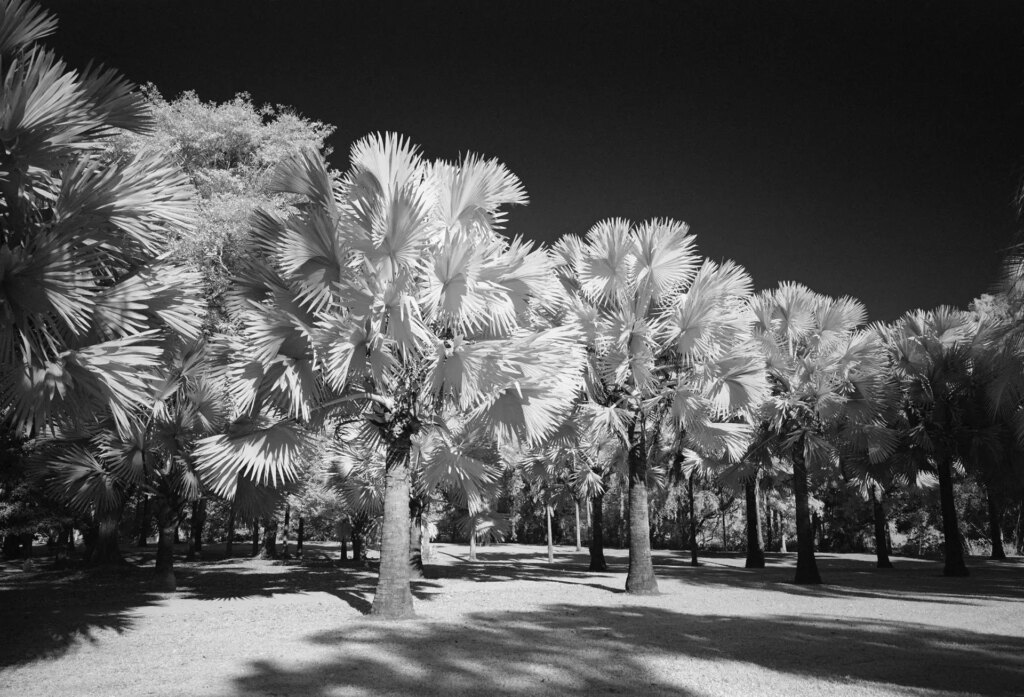
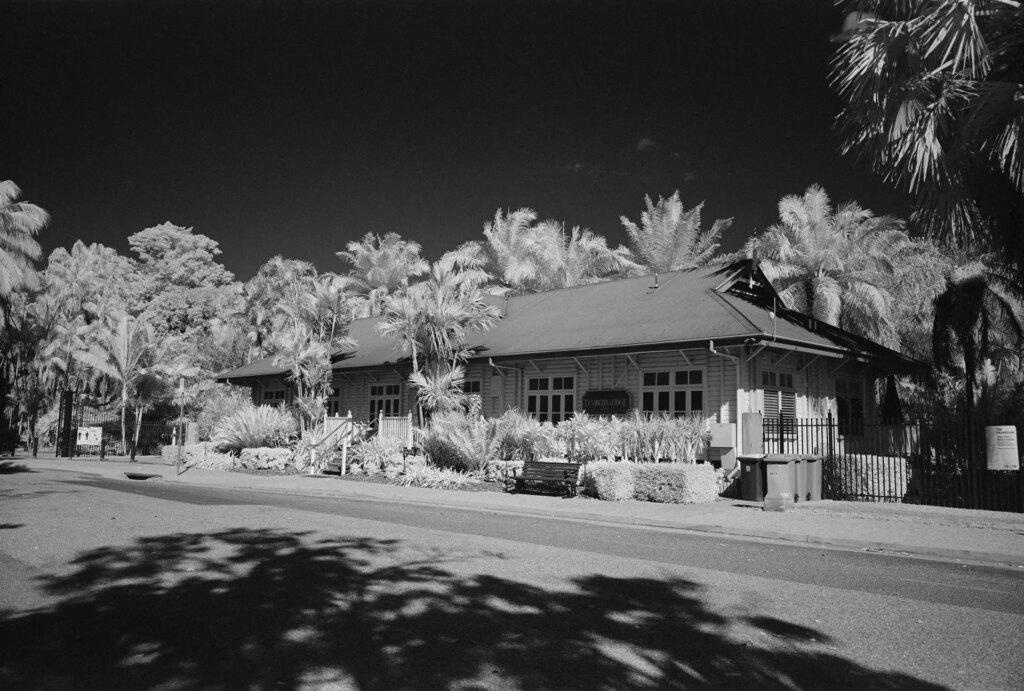
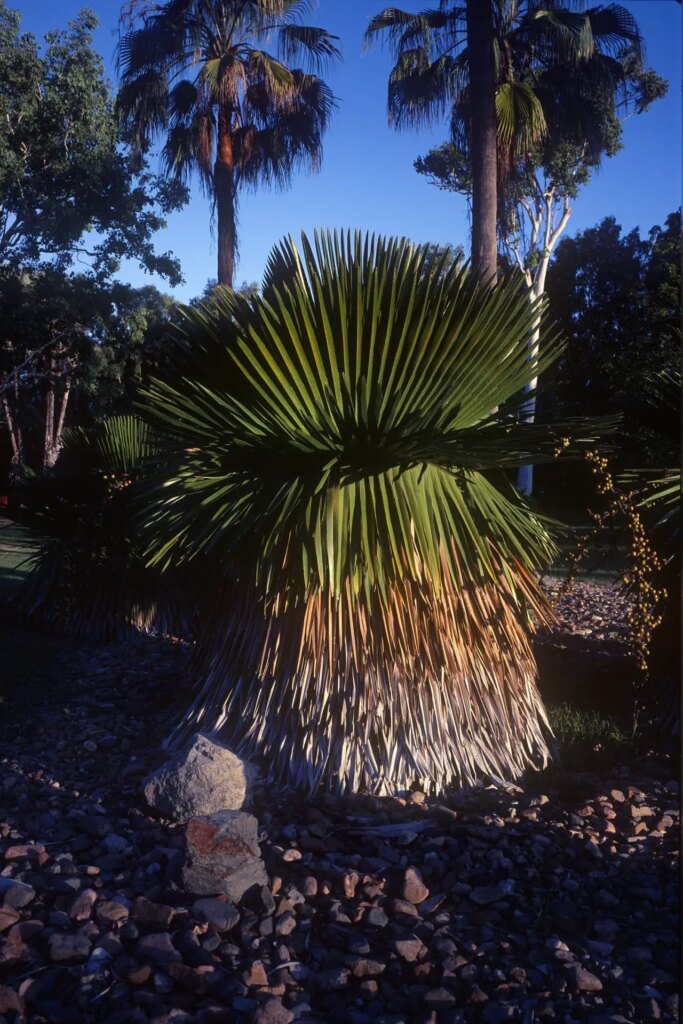
So that’s a wrap for my early adventures with the Fujica GL690 and the fabulous Fujinon S 100mm F3.5 and Fujinon SW 65mm F5.6 lenses to date. The camera and lenses are very impressive, even a half a century after they first hit the market. As I mentioned above I did do some tests to compare the resolving power of the 100mm lens against the new Z 40mm F2.8 on the Nikon Z7ii and it does appear that the latest glass on a 45MP (or greater) digital camera can just match the big 6x9cm negatives or transparencies in terms of resolution. Of course with the Fuji you still get the various advantages of film, including better highlight detail preservation (even with slide film!) which is quite important for waterfall photos! I also like having that physical sheet of film as an original. My analogue archive, disorganised as it is, dates to the mid-1980s, and very little of it has degraded at all since then. I have often noticed interesting differences between digital and film renditions of the same scene, including quite complex differences in colour rendition. For example, in June 2022 there were yellow flowers on trees at the bottom of Wallaman Falls that really leapt out of the Velvia transparencies, yet were barely noticeable on the digital images I made of the scene at the same time.
I welcome any comments and hope you have enjoyed the images. My Flickr page is here.
Share this post:
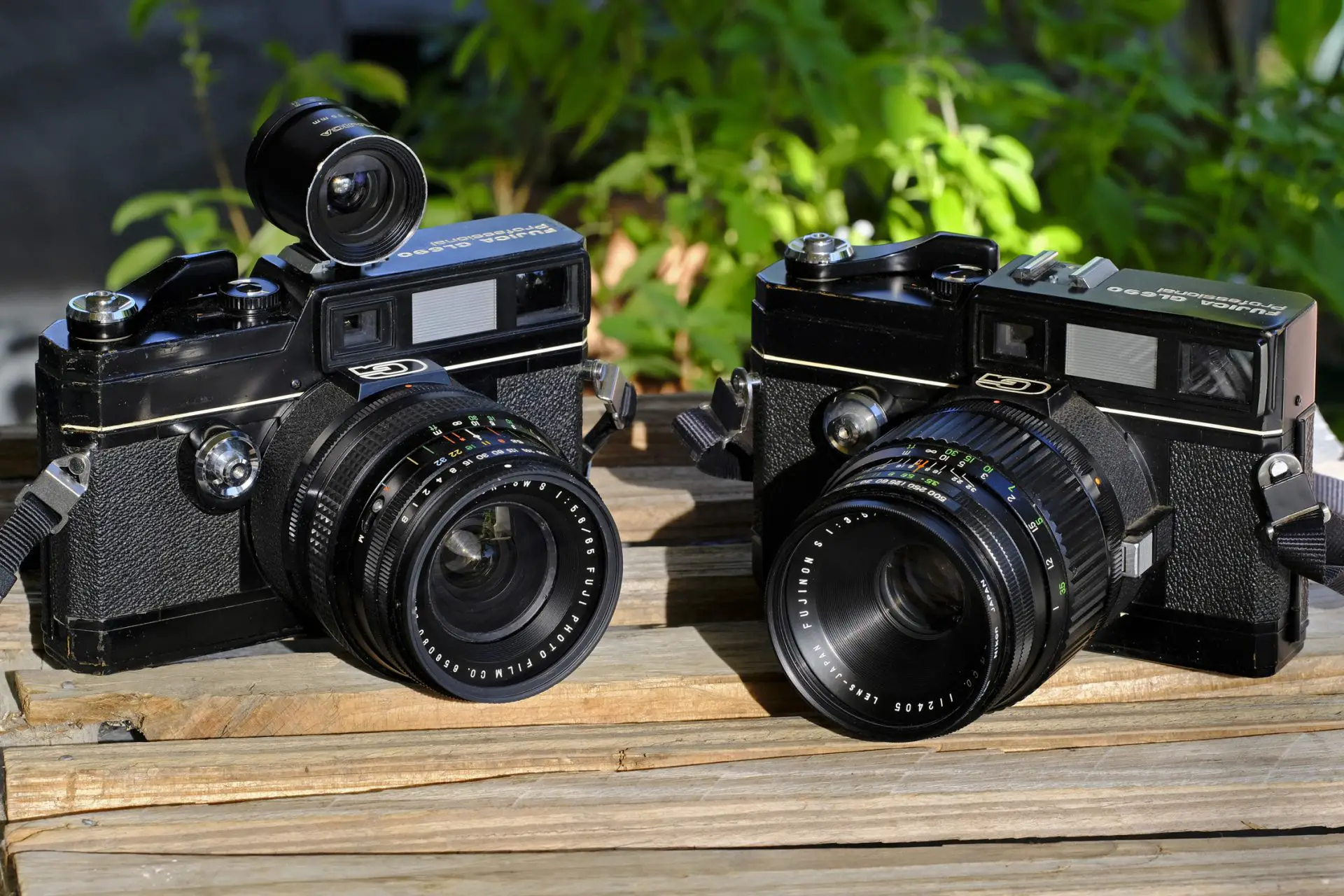








Comments
Steve Fretz on Fujica GL690 with Fujinon S 100mm F3.5 & Fujinon SW 65mm F5.6
Comment posted: 13/04/2023
The 150 or 180 is also worth getting, IMO. My 65mm didn't come with a finder; I use a Soviet copy of an old Leica turret finder - it works fine. Glad to see other people appreciating the "Texas Leica."
If you're buying one, make sure the internal darkslide works perfectly, although shutter curtain paint is an option for holes; the other problem is the springs losing their springiness, so it doesn't fully close - or open.
Like you, I've tried shooting the beast off a monopod. How low a shutter speed can you get away with doing that?
Comment posted: 13/04/2023
Martin Siegel on Fujica GL690 with Fujinon S 100mm F3.5 & Fujinon SW 65mm F5.6
Comment posted: 13/04/2023
Comment posted: 13/04/2023
Comment posted: 13/04/2023
Comment posted: 13/04/2023